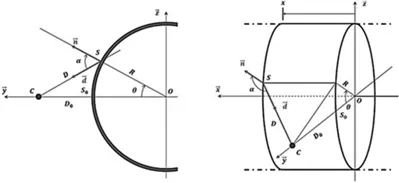
Progress in the Analysis and Design of Marine Structures
Proceedings of the 6th International Conference on Marine Structures (MARSTRUCT 2017), May 8-10, 2017, Lisbon, Portugal
Carlos Guedes Soares, Y. Garbatov, Carlos Guedes Soares, Y. Garbatov
- 952 pages
- English
- ePUB (adapté aux mobiles)
- Disponible sur iOS et Android
Progress in the Analysis and Design of Marine Structures
Proceedings of the 6th International Conference on Marine Structures (MARSTRUCT 2017), May 8-10, 2017, Lisbon, Portugal
Carlos Guedes Soares, Y. Garbatov, Carlos Guedes Soares, Y. Garbatov
À propos de ce livre
Progress in the Analysis and Design of Marine Structures collects the contributions presented at MARSTRUCT 2017, the 6 th International Conference on Marine Structures (Lisbon, Portugal, 8-10 May 2017).
The MARSTRUCT series of Conferences started in Glasgow, UK in 2007, the second event of the series having taken place in Lisbon, Portugal in March 2009, the third in Hamburg, Germany in March 2011, the fourth in Espoo, Finland in March 2013, and the fifth in Southampton, UK in March 2015. This Conference series deals with Ship and Offshore Structures, addressing topics in the areas of:
- Methods and Tools for Loads and Load Effects
- Methods and Tools for Strength Assessment
- Experimental Analysis of Structures
- Materials and Fabrication of Structures
- Methods and Tools for Structural Design and Optimisation, and
- Structural Reliability, Safety and Environmental Protection
Progress in the Analysis and Design of Marine Structures is essential reading for academics, engineers and all professionals involved in the design of marine and offshore structures.
Foire aux questions
Informations
Collision and grounding
A simplified method to assess the damage of an immersed cylinder subjected to underwater explosion
1 INTRODUCTION
2 EXPLOSIVE LOADING
2.1 Theoretical foundations
